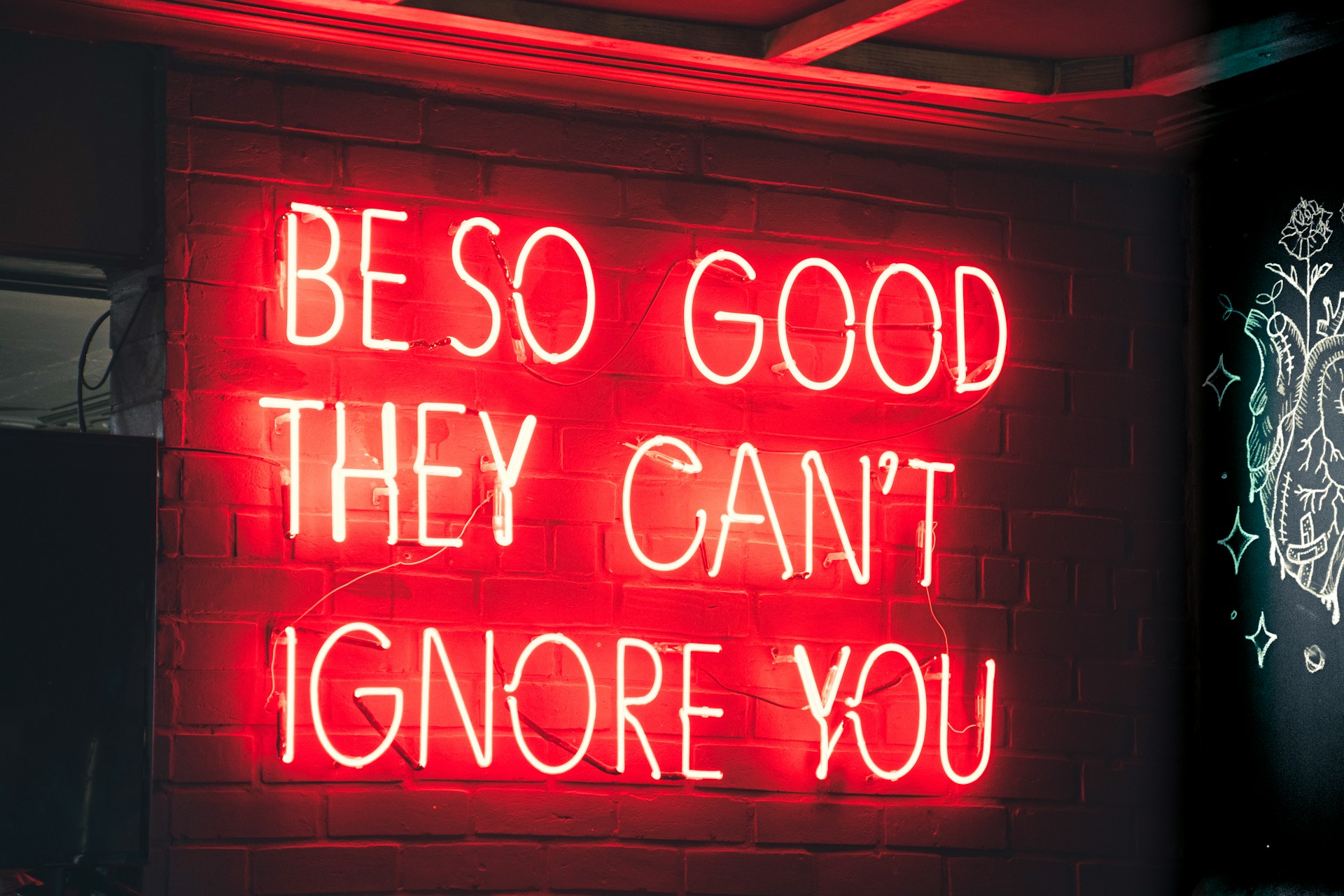
It’s no secret that attention spans are shrinking in the digital age. For marketers and advertisers, this isn’t just a talking point; it’s an existential threat to campaign effectiveness. The window to make an impact is not just closing—it’s collapsing.
Consider this startling statistic: mobile ad attention has plummeted from an average of 3.4 seconds in 2018 to just 2.2 seconds today. That’s a 35% drop in only seven years, leaving creators with a massive challenge to capture interest before a user scrolls, skips, or simply tunes out.
Fortunately, new scientific research from a consortium including Indiana University, Texas Christian University, and Sungkyunkwan University provides a clear, surprising, and actionable solution. Based on an analysis of over 50,000 TV ad airings and an A/B test of more than 25,000 Facebook ad impressions, this article breaks down a powerful formula for winning in the age of distraction.
Four Surprising Takeaways from the Science of Short Ads

Source: Science Says
The 10-Second Rule Is Real, and It’s Powerful
The primary recommendation from the research is direct and unambiguous: keep your video ads to 10 seconds or shorter. The science behind this is rooted in viewer psychology; our attention is at its peak in the first few seconds, while our impatience intensifies the longer an ad runs. This isn’t just a suggestion; it’s a data-backed strategy with dramatic performance benefits across different platforms.
The field experiment demonstrated that these “micro-ads” delivered superior results:
- On TV, ads 10 seconds or shorter drove up to 40% more traffic to a brand’s website.
- On Facebook, they generated 3x the engagement of longer ads (compared to a 17-second ad).
- They also consistently produced higher click-through rates.
This is so impactful because it moves beyond vague “shorter is better” advice. It provides a specific, data-validated threshold that marketers can immediately apply to creative briefs and media plans for a measurable lift in performance.
It’s Not Just How Long, But How Soon
The research revealed a critical nuance that amplifies the power of brevity: an ad’s effectiveness is significantly boosted if the brand or product is mentioned as early as possible.
According to the data, mentioning the brand immediately directs 34.1% more traffic to the website compared to waiting until the end of the ad. This insight offers a crucial look into the psychology of ad-watching and how to work with our fleeting attention, not against it.
Our attention is at its absolute peak in the first few seconds of an ad. By placing your brand identity in that initial window, you capture the viewer’s focus before it has a chance to wander or their impatience to skip takes over.
The Surprising Economics of Brevity
Shorter ads aren’t just more engaging; they are also dramatically more cost-efficient. The study highlights a powerful financial argument for cutting ad length, transforming it from a purely creative choice into a strategic financial one.
Consider this powerful example from the research: if a 10-second ad were aired 100 times on TV instead of a 15-second ad, it would:
- Save an estimated $285,300 in airtime costs.
- Generate nearly 192,000 more site visits in addition to the cost savings.
This finding proves that brevity is a double-win, simultaneously reducing media spend while increasing the traffic and engagement generated by that spend.
Prioritize Traffic and Engagement Over Immediate Sales
In a counter-intuitive twist, the researchers found that shorter ads did not lead to significantly different direct sales compared to longer ads in the short term.
The strategic implication is clear: the primary power of micro-ads is driving top-of-funnel activity—clicks, engagement, and website visits. This reframes the goal of the short ad not as a direct sales tool, but as a highly efficient engine for generating interest and traffic. While not a direct sales driver, this top-of-funnel floodgate, when combined with the dramatic cost savings outlined earlier, represents a far more efficient and sustainable model for long-term customer acquisition.
Less Is More
In an era of collapsing attention, the most effective advertising strategy is one of radical brevity and clarity. The research makes a compelling case that cutting down video ads is not a compromise but a competitive advantage.
The 10-second rule, combined with front-loading the brand message, is a scientifically-backed formula for achieving better performance at a lower cost. It respects the audience’s time while maximizing every precious second of their attention.
The data is clear. The only remaining question is: how will you test the power of brevity in your next campaign?

